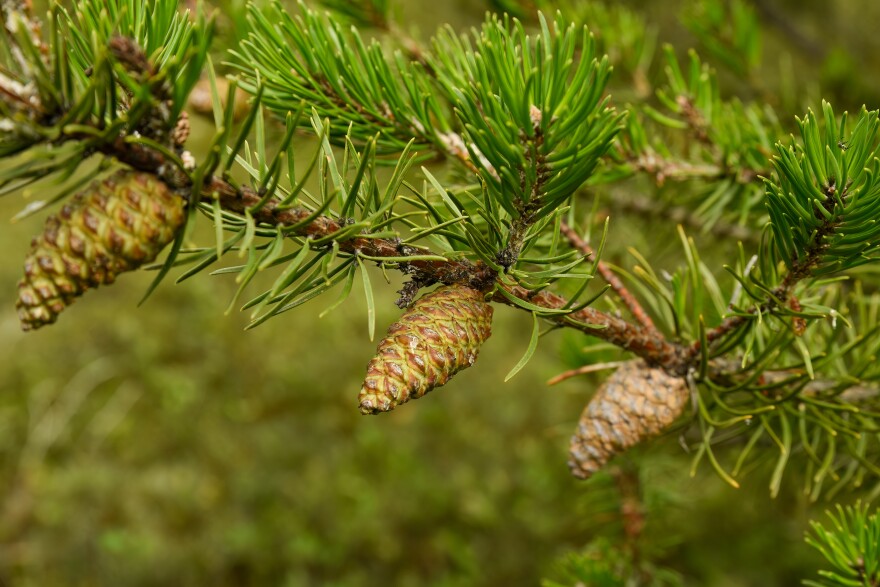This summer’s census of the Kirtland’s warbler found the rare bird’s number of nesting pairs dropped by more than 30% in the last four years.
Numbers from Ontario are not yet in, but there were only 22 nesting pairs in the province during the last count in 2021.
Given that, the number of Kirtland's warblers counted in Michigan, Wisconsin, and making an Ontario estimate, puts the number of nesting pairs at about 1,500 for this year. In 2021, there were 2,245.
The problem is a shortage of habitat. The birds like young jack pine forests.
In a release, the Michigan Department of Natural Resources said intensive efforts to create habitat ramped up in the late 1980s. Forty years of planting jack pine seedlings has resulted in a majority of the management areas with 30 to 40-year-old jack pine stands.
“Those are too young to sell, to get cleared, and then get planted. Right? That’s been our historical sort of management paradigm here,” said Erin Victory, Kirtland’s warbler program coordinator for the Michigan DNR.
So, basically, there’s a 20 year gap in an effective forest rotation.
“They’re not generally commercially marketable until they’re about 60 years old,” Victory explained.

The DNR is working with forestry partners such as the U.S. Forest Service to expand habitat to reverse the decline in the Kirtland’s warbler population. But that’s going to take some time. New planting sites will have to be readied for planting jack pine seedlings. It takes about five years for them to be the kind of place a Kirtland's warbler wants to nest under.
The DNR said the decline of the bird's population is projected to continue over the next few years before the Kirtland’s Warbler Conservation Team’s efforts toward new strategies can stabilize the population.
“We know how to create habitat. We know how to boost numbers. We just sort of hit a point in our management cycle where we just needed to make some adjustments,” Victory said.
Even with the decline in the number of nesting pairs, the Kirtland's warblers' numbers are above the target of 1,000.
You can hear more about the methods of counting nesting pairs in this story Michigan Public did in June.






